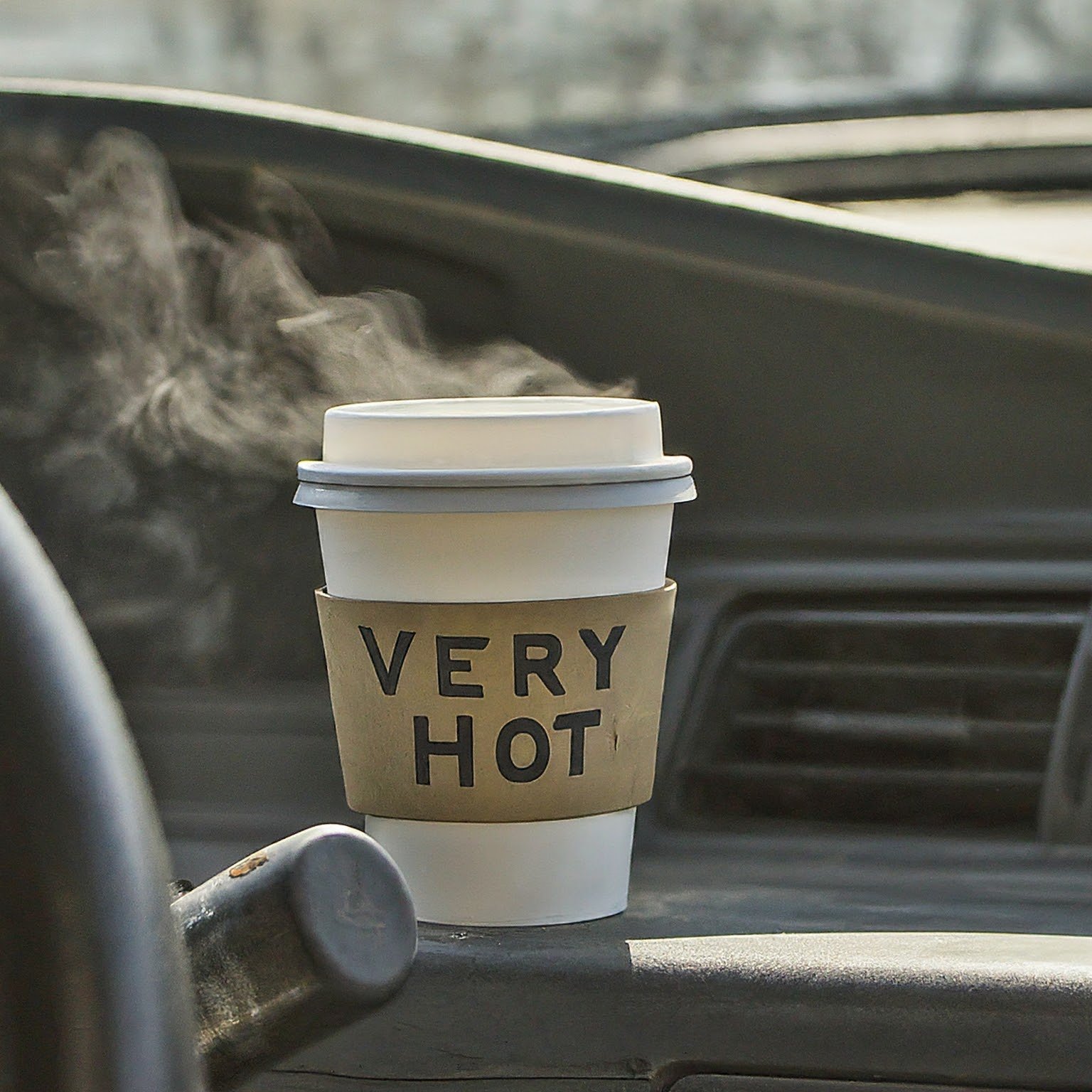Why You’ve Heard of It and Why What You’ve Heard is Probably Wrong.
The McDonald’s “Hot Coffee” lawsuit is a legend in the world of legal cases. It has withstood the test of time, being propped up continuously as a culture symbol of frivolous lawsuits. However, the reality behind the McDonald’s Hot Coffee case is far more nuanced – and far less frivolous – than your Uncle Ned (I don’t care how much tinfoil he has on his head) would have you believe.
Here at Battaglia Law, PLLC, a real estate law firm located in Lakewood Ranch, Florida, we don’t practice in the area of personal injury law, and we are not licensed to practice in New Mexico, where this case occurred. But, we can shed some light on why this lawsuit wasn’t quite as outrageous as it’s often portrayed.
Beyond the Spill: The Facts of the Case
The Hot Coffee case occurred in New Mexico in 1992. Stella Liebeck, a 79-year-old woman, purchased a cup of coffee at McDonald’s in the drive-thru.
Ms. Liebeck was not driving the vehicle when the spill occurred, but was a passenger in the vehicle. The vehicle also was stationary at the time of the spill. Ms. Liebeck, like any of us would have done, placed the cup between her legs and removed the lid, so that she could add cream and sugar. Who hasn’t done that?
When the coffee spilled on her lap, it caused third-degree burns that required extensive skin grafts and hospitalization. The coffee was served at a temperature exceeding 180 degrees Fahrenheit (82 degrees Celsius), far hotter than what most people would expect.
For context, here’s a quote from www.webrestaurantstore.com regarding cooking meat on the grill:
According to food safety standards, chicken must reach an internal temperature of 165 degrees Fahrenheit. If you’re grilling chicken thighs, make sure the thickest part of the thigh reaches 165 degrees. If you’re cooking a whole chicken, you know it’s done when the thermometer reads 180 degrees Fahrenheit. (Emphasis added).
Evidence presented in court showed that:
- McDonald’s knew its coffee was served at an unreasonably hot temperature that could cause severe burns.
- McDonald’s received prior complaints about burns from spilled coffee.
- Hotter coffee allegedly retained its aroma for longer, potentially increasing McDonald’s sales.
- McDonald’s wanted to keep the coffee hotter for longer periods as slower cooling coffee meant customers wouldn’t need refills as often, saving McDonald’s money.
Not a Windfall, but Accountability
The jury reached its verdict on August 18, 1994. The jury awarded Liebeck $160,000.00 in compensatory damages (to cover medical expenses) and $2.7 million in punitive damages (to punish McDonald’s for its actions). This award wasn’t intended to be a jackpot for Liebeck. In reality, it reflected the jury’s assessment of the harm caused due to McDonald’s disregard for customer safety. In fact, the jurors based the amount of this punitive damages award on the revenue McDonald’s generates in only two days by selling coffee. TWO DAYS.
And while Uncle Ned loves citing the “frivolous” figure of $2.7 million awarded by the jury, rarely will Uncle Ned tell you that the trial judge reduced the jury’s award of punitive damages award down to $480,000.00 (three times the compensatory damages awarded to Ms. Liebeck).
And although the jury did not know this, it’s very important to highlight that Mrs. Liebeck had offered to settle the case for only $20,000, so that she could pay for her medical expenses and to offset lost income due to the injury. McDonald’s did not offer more than $800 to settle, and so the case went to trial, and we know what happened there.
The Takeaway: Why It Matters
The McDonald’s Hot Coffee case serves as a reminder that corporations have a responsibility to ensure their products are safe for consumers. While this case involved coffee, the underlying principle applies to many areas, including faulty products and dangerous conditions on someone’s property.
You Should Have Representation
At Battaglia Law, PLLC, our focus is on real estate law. However, the importance of consumer safety transcends legal specialties. If you have concerns about the safety of a product or property, it’s always wise to consult with an attorney to understand your rights. If you need a referral to a personal injury attorney, please contact us and we would be happy to refer you to one.



